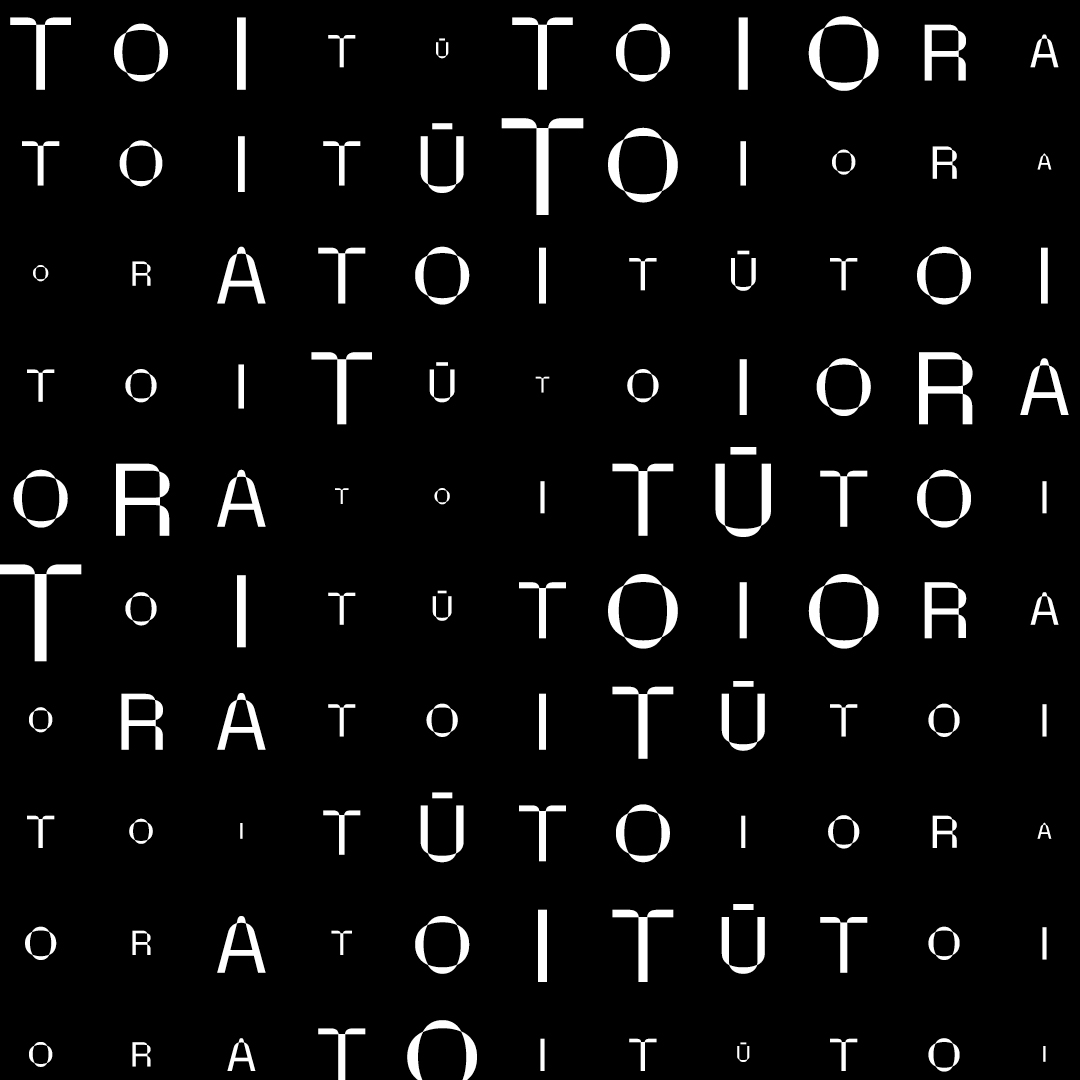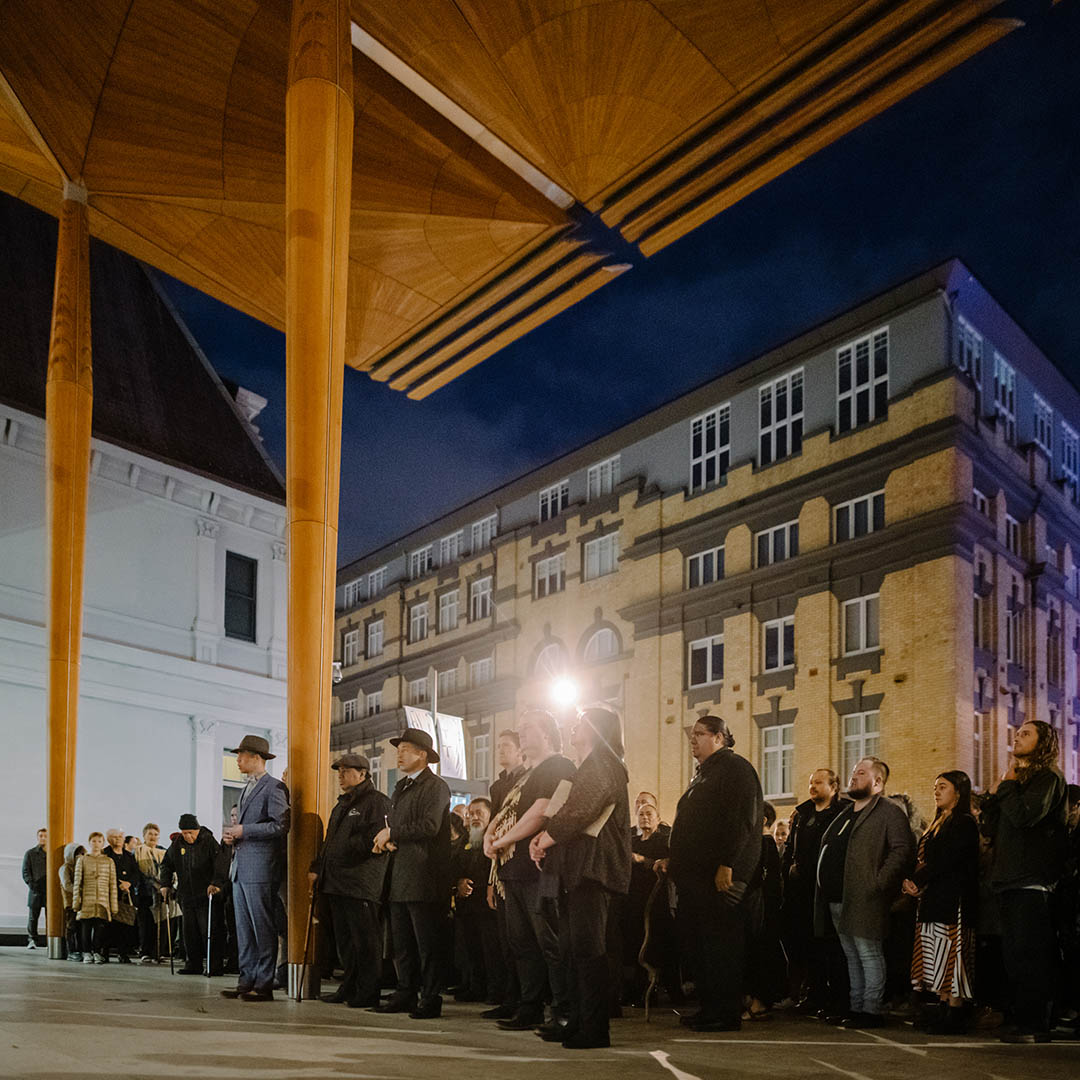Maybe I shouldn’t say this
but Robyn is my favourite
always has been
or at least since my teens
when I first saw her paintings
I don’t remember where exactly
I still have photocopied
and cut out images
of ‘Karanga Karanga’
hanging in my hallway
often looking at them
before going out the doorway
to any hui
or to mahi
I still have ‘Hongi’
which my tuakana gave me
(acrylic on Indian paper
for the art enthusiasts among you)
hanging in my bedroom
trying to remind me
that tāne and wāhine
are meant to respect each other
like Rangi and Papa –
not so much Tāne –
for almost thirty years now
I think I’ve finally learnt that one
I see in her paintings
the faces of our people
the faces of our tūpuna
the faces of our mokopuna
sometimes even my own
which I thank her for
Runner up for me though
would have to be Maureen Lander
one of the first
to experiment with harakeke
showing curators
in galleries like this one
that kete are taonga –
not just craft objects –
and poking fun at the Crown
with her gentle sense of humour
Forerunners
Trailblazers
modern-day
Warriors
fighting so many battles
on so many unlevel battlefields
Parliament
Councils
Hospitals
Schools
Courts
Universities
Club rooms
various Boardrooms
Whatungarongaro te tangata
Toitū te whenua
People pass away
but the land
endures
Before we pass though
we bequeath to our mokopuna
all that we can
to ensure a better future
Toi Tū Toi Ora
visions
of a better world




